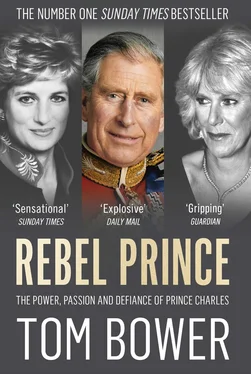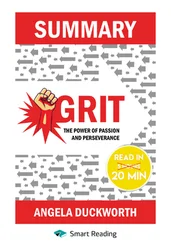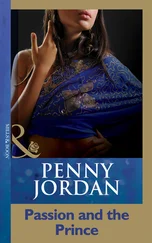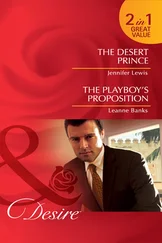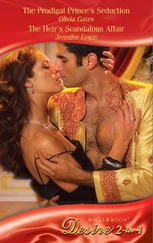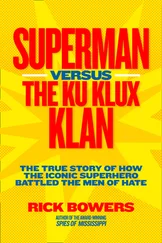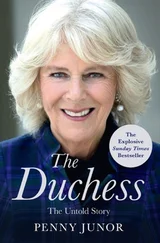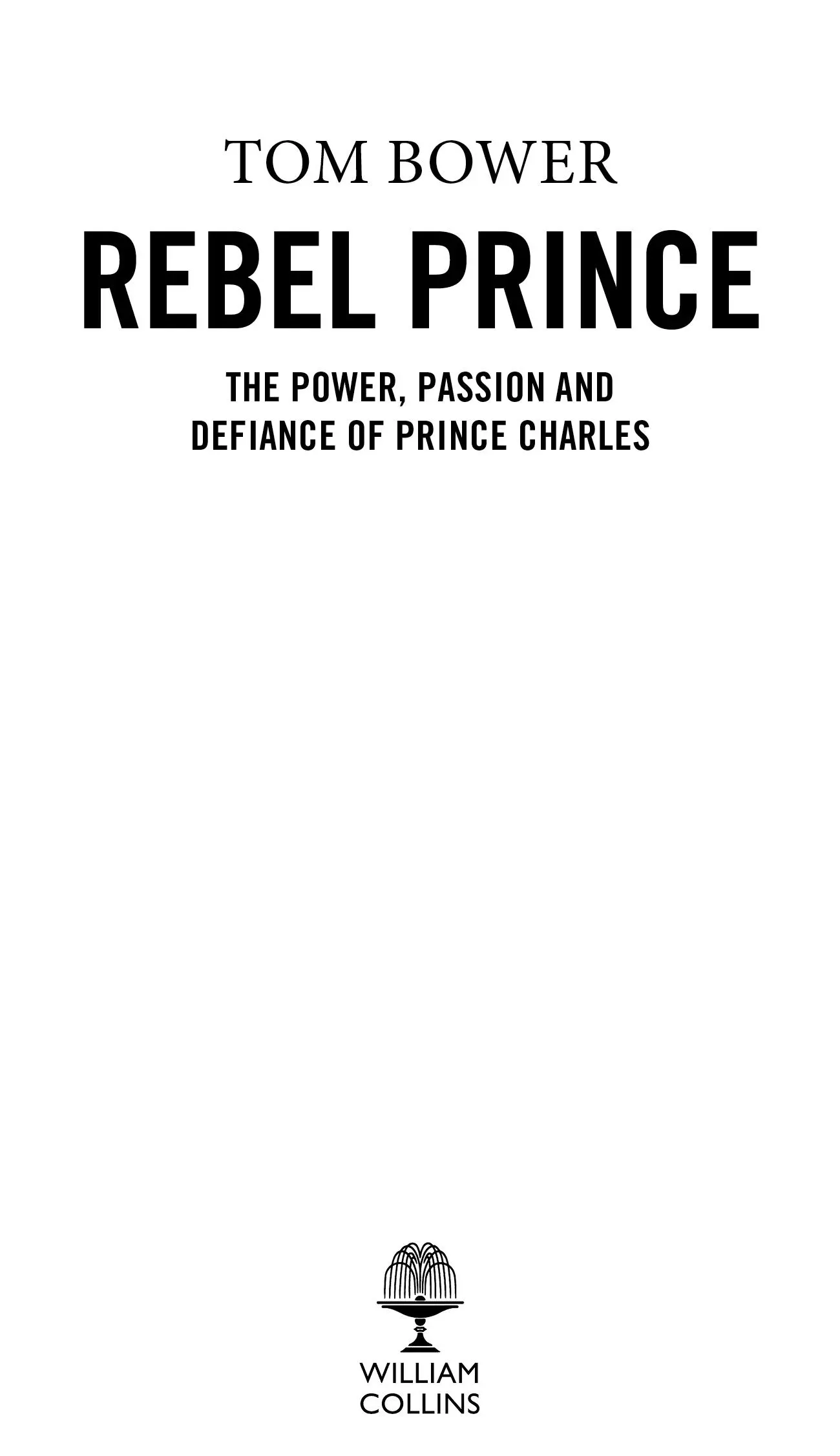
William Collins
An imprint of HarperCollins Publishers
1 London Bridge Street
London SE1 9GF
WilliamCollinsBooks.com
This eBook first published in Great Britain by William Collins in 2018
Copyright © Tom Bower 2018
The author asserts the moral right to be identified as the author of this work
A catalogue record for this book is available from the British Library
Cover images © Getty Images
All rights reserved under International and Pan-American Copyright Conventions. By payment of the required fees, you have been granted the non-exclusive, non-transferable right to access and read the text of this e-book on screen. No part of this text may be reproduced, transmitted, down-loaded, decompiled, reverse engineered, or stored in or introduced into any information storage and retrieval system, in any form or by any means, whether electronic or mechanical, now known or hereinafter invented, without the express written permission of HarperCollins.
Source ISBN: 9780008291730
Ebook Edition © March 2018 ISBN: 9780008291778
Version: 2018-09-21
To Veronica
Cover
Title Page
Copyright
Dedication
Preface
1 New York, 22 September 1999
2 Plots and Counterplots
3 The Masters of Spin
4 Uneasy Lies the Head
5 Mutiny and Machiavellism
6 Body and Soul
7 The Masterbuilder
8 Teasing the Government
9 Diana’s ‘Rock’
10 A Family at War
11 A Butler’s Warnings
12 A Struggle for Power
13 A New Era Begins
14 Shuttlecocks and Skirmishes
15 The Queen’s Recollection
16 A Private Secretary Goes Public
17 Money Matters
18 Whitewash
19 Revenge and Dirty Linen
20 Drowning Not Waving
21 New Enemies
22 For Better or Worse
23 Resolute Rebel
24 Rules of Conduct
25 King Meddle
26 The Divine Prophet
27 Scrabbling for Cash
28 Marking Time
29 The Prince’s Coup
Picture Section
Acknowledgements
Sources
Index
Also by Tom Bower
About the Publisher
This book is the story of Prince Charles’s battle for rehabilitation after Diana’s death, and his refusal to obey the public’s expectations of a future king. Many books have been written about Charles, but none has fully described the crisis he faced after 1997. For nearly ten years, he was buffeted by scandal. His approval rating fell to the lowest figure for any royal in recent times. His succession to the throne was endangered.
Among the most serious disclosures to undermine public confidence in the prince were those exposed during the unsuccessful prosecution for theft in 2002 of Paul Burrell, Diana’s butler and confidant; the simultaneous revelation of disreputable behaviour within Charles’s household; and the possibility that he had personally interfered in the judicial process. At the end of that two-year drama, Charles’s survival as heir to the throne was on a knife-edge.
Additionally, throughout those years he was repeatedly criticised by the media and politicians for his extravagances. His father denounced him for being a rent-a-royal, yet he continued to sell access to himself – to raise money for his many charities and to indulge in ostentatious luxury. At the same time he provoked a fractious relationship with Tony Blair in his years as prime minister which undermined the prince’s constitutional duty to stay impartial. And he blithely disregarded the disdain of many Commonwealth leaders, which wrecked his assumption that he would automatically inherit leadership of the association of fifty-two countries.
During this period of turmoil, one issue dominated Charles’s life – the status of Camilla Parker Bowles. Ever since they had resumed their relationship in the mid-1980s, he had stubbornly fought to rescue their reputations. Single-mindedly he confronted all the Establishment forces, including the queen, who was determined to prevent their marriage. His principal ally was Mark Bolland, a young media consultant, who for the first time has revealed in this book the intrigues that he masterminded on behalf of Charles and Camilla, which climaxed in their wedding in April 2005. Thereafter, the scandals in Charles’s life diminished, although it would take another six years before the departure of his five most senior advisers signalled the end of the turbulence.
By November 2011, Charles’s reputation as a rebel was truly established. Not only had he defied the nation to marry Camilla, but his championship of controversial causes including the environment, architecture, fox-hunting, complementary medicine and education, had aroused fierce opposition – and also praise. ‘I have never known a man who had better motives for all the trouble he caused,’ comments Thomas Fowler about the eponymous ‘Quiet American’ in Graham Greene’s novel; the same could be said about Charles. Few doubted the sincerity of his campaigns, but many feared that his provocative dissent made him unfit to be king.
He has repeatedly mentioned his devotion to his duty. He believes passionately that he can make Britain a better country and that he can help the disadvantaged. Whatever criticisms may be levelled at him have been mitigated, especially by his admirers, by his commitment to many valuable causes. Many Britons have personal experience of his dedicated visits to schools, hospitals and hospices. Carefully briefed, he talks engagingly to staff, pupils and patients, leaving them all with an enduring memory of his decency.
The contrast for the majority who have not enjoyed a personal encounter is stark. During the many scandals that would have destroyed a lesser man, there has been no evidence that he has suffered a moral struggle. Shame and guilt seem foreign to him. Despite all the eyewitness accounts of his melancholia and self-doubt, Charles has never admitted any wrongdoing. In general terms, he is certainly not misunderstood by the public.
My decision to write about such a familiar character was taken after several months of research. With the exception of Anthony Holden and Jonathan Dimbleby, most of Charles’s subsequent biographers recite events, statements and comments in reverential tones. They do him a disservice. In reality, his life has been a gripping political, financial and personal drama. With hindsight, his survival today may seem preordained, but there were long periods when his future was in doubt, especially after Diana’s death. That his conflicts have been conducted in the spotlight makes his story even more interesting because so much of what occurred has remained in the shadows. I make no claim to have unearthed every truth, but after interviewing over 120 people, many of whom served the royals for long periods and with great distinction and have not given their accounts before, I believe that this book does reveal many new insights about the future king.
As with many of the other personalities I have investigated, I started this biography with limited knowledge about Charles’s life beyond the media reports. Because I have ‘lived’ with him throughout my life – we are of similar ages – I could not fail to be conscious of his exceptional tribulations, but I was unsure how much my research could reveal. The incentive was the suspicion that Charles, like all powerbrokers, must have deployed guile to conceal his tracks.
Читать дальше
